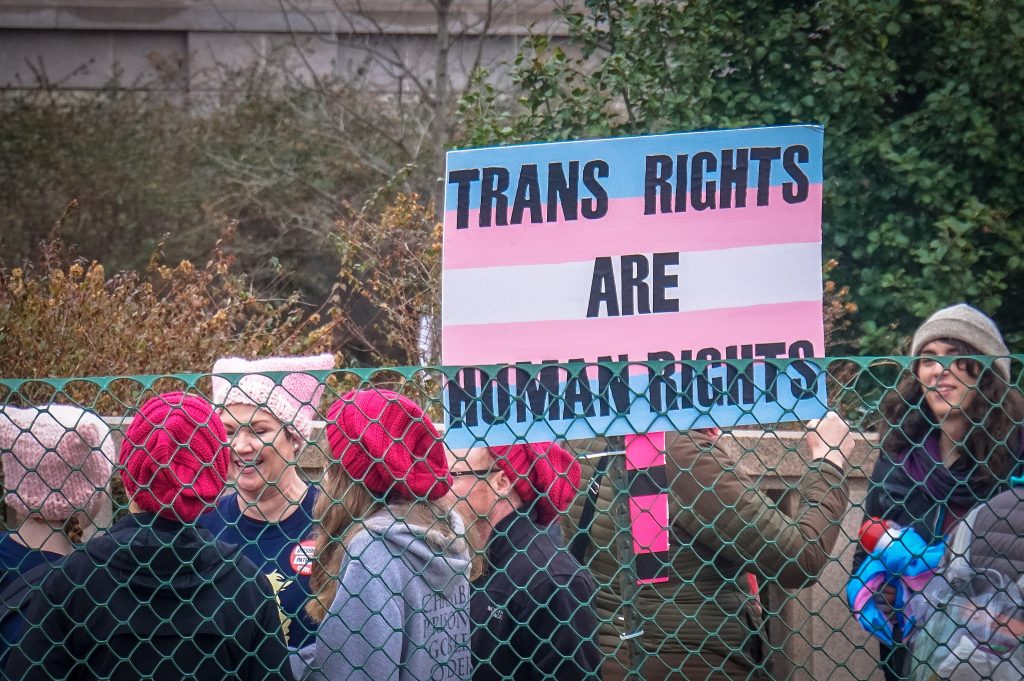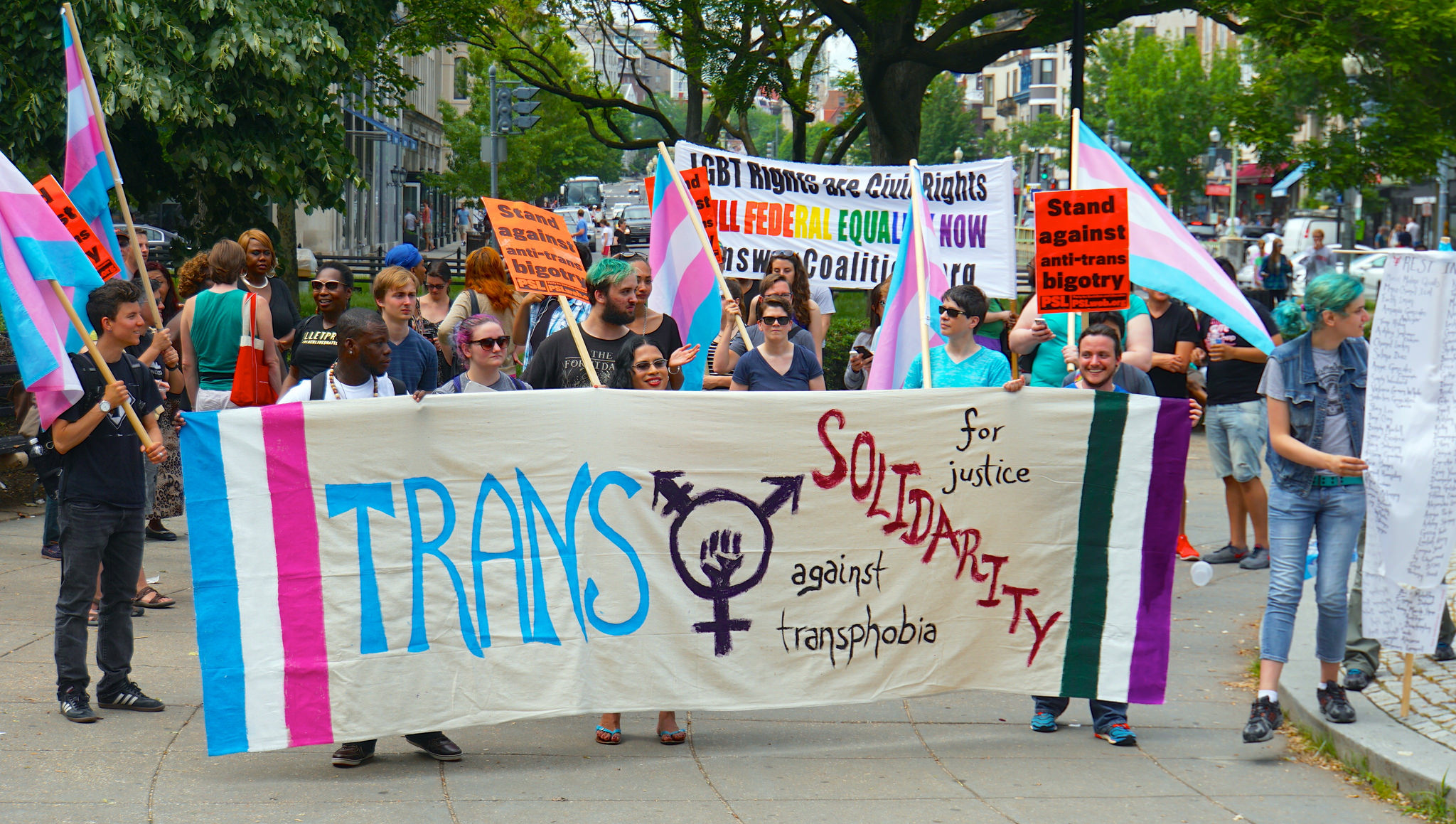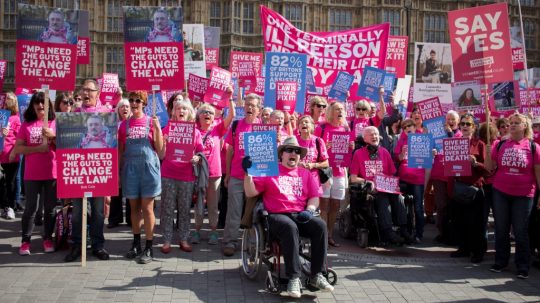It’s a solemn day, as we remember the trans people who have lost their lives this year. In 2018 alone, 368 trans people have been killed because of their gender. However, here in the UK, reformation of the Gender Recognition Act could change the face of trans culture.
The latest figures come from a new report, the Transgender Murder Monitoring Project, which was released in time for the annual day of remembrance.
However, these statistics could be inaccurate, as there is no official body collecting data on crimes against transgender people. Instead, authorities must rely on the work of private projects.
As the world reflects on this tragic loss of life, the report reveals that Brazil has the highest number of trans murders. Internationally, the number of reported murders has soared, with 43 more cases than last year.
Being trans is not an illness and shouldn’t be treated as such.
Theresa May
In Brazil, there has been a reported 167 murders, and in Mexico there have been 71. In the US, 28 trans people have been killed since the last report.
The report encourages “trans respect versus transphobia” and monitors trans murder rates. It also promotes legal research in collaboration with activists and experts from “all world regions”.
The report also recognises the murders of gender-diverse people who don’t identify as either gender binary.
Reforming the Gender Recognition Act in the UK

Image via Wiki Commons
Here in the UK, one major action to help the cause of trans and gender non-binary people would be to reform the Gender Recognition Act (GRA). The Act was passed in 2004 in what was once a positive turn for trans rights – but now the policies feel outdated.
The battle for legal recognition for trans people is still ongoing. Shockingly, trans people continue to be subjected to medical examinations in order to receive gender recognition. However, the introduction of self-identification would change that, allowing people the freedom to declare their gender.
The process of gaining recognition as a trans person has also been criticised as bureaucratic and needlessly lengthy. Currently, there is a rule that trans people must have lived in their own body for a period of two years before they can legally change their gender.
As part of the process of acquiring a Gender Recognition Certificate, trans people are first required to receive a mental health diagnosis of gender dysphoria – despite the fact it has not been considered a mental illness under UK government policy since 2002, and the World Health Organisation has also declassified it.
Theresa May has sided with trans people on this issue, telling the PinkNews Awards earlier this year, “We have set out plans to […] de-medicalise the process for changing gender, because being trans is not an illness and shouldn’t be treated as such.”
Since the introduction of the GRA in 2004, the government says “only 4,910 people” have legally changed their gender – around 1 per cent of the UK’s transgender population by some estimates. What this means is that trans people are simply not using the GRA in its current form.







